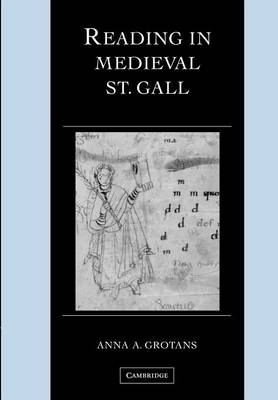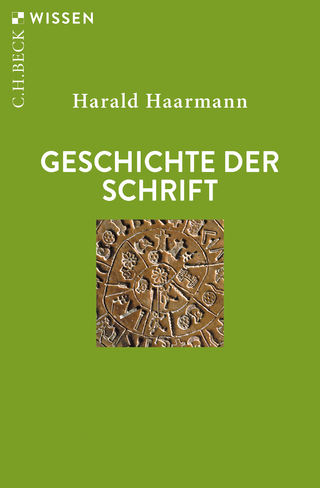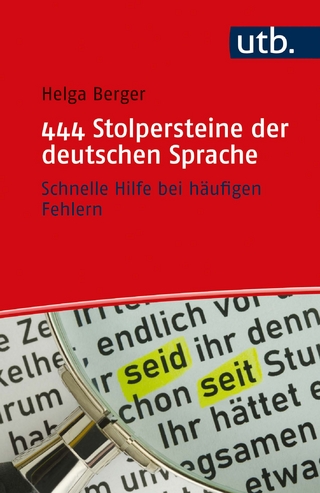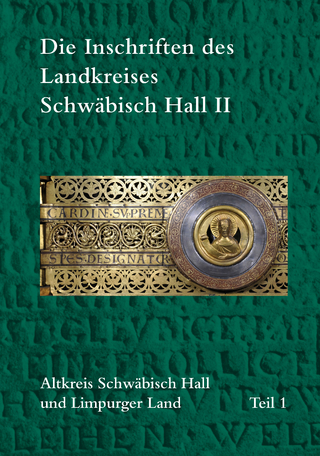
Reading in Medieval St. Gall
Seiten
2012
Cambridge University Press (Verlag)
978-1-107-40529-5 (ISBN)
Cambridge University Press (Verlag)
978-1-107-40529-5 (ISBN)
Learning to read in medieval Germany meant learning to read and understand Latin as well as German. The manuscripts of the tenth-century scholar and teacher Notker Labeo display how the medieval pedagogic method combined Latin and vernacular literacy. This study has much to contribute to our knowledge of medieval reading.
Learning to read in medieval Germany meant learning to read and understand Latin as well as the pupils' own language. The teaching methods used in the medieval Abbey of St Gall survive in the translations and commentaries of the monk, scholar and teacher Notker Labeo (c.950–1022). Notker's pedagogic method, although deeply rooted in classical and monastic traditions, demonstrates revolutionary innovations that include providing translations in the pupils' native German, supplying structural commentary in the form of simplified word order and punctuation, and furnishing special markers that helped readers to perform texts out loud. Anna Grotans examines this unique interplay between orality and literacy in Latin and Old High German, and illustrates her study with many examples from Notker's manuscripts. This study has much to contribute to our knowledge of medieval reading, and of the relationship between Latin and the vernacular in a variety of formal and informal contexts.
Learning to read in medieval Germany meant learning to read and understand Latin as well as the pupils' own language. The teaching methods used in the medieval Abbey of St Gall survive in the translations and commentaries of the monk, scholar and teacher Notker Labeo (c.950–1022). Notker's pedagogic method, although deeply rooted in classical and monastic traditions, demonstrates revolutionary innovations that include providing translations in the pupils' native German, supplying structural commentary in the form of simplified word order and punctuation, and furnishing special markers that helped readers to perform texts out loud. Anna Grotans examines this unique interplay between orality and literacy in Latin and Old High German, and illustrates her study with many examples from Notker's manuscripts. This study has much to contribute to our knowledge of medieval reading, and of the relationship between Latin and the vernacular in a variety of formal and informal contexts.
Introduction; 1. Medieval reading; 2. Education at St Gall; 3. Language use and choice; 4. The St Gall Tractate; 5. Discretion in the classroom; 6. Accentus; 7. Spelling for reading; Bibliographies.
| Erscheint lt. Verlag | 19.7.2012 |
|---|---|
| Reihe/Serie | Cambridge Studies in Palaeography and Codicology |
| Verlagsort | Cambridge |
| Sprache | englisch |
| Maße | 170 x 244 mm |
| Gewicht | 610 g |
| Themenwelt | Geschichte ► Hilfswissenschaften ► Paläografie |
| Geisteswissenschaften ► Sprach- / Literaturwissenschaft ► Sprachwissenschaft | |
| ISBN-10 | 1-107-40529-7 / 1107405297 |
| ISBN-13 | 978-1-107-40529-5 / 9781107405295 |
| Zustand | Neuware |
| Haben Sie eine Frage zum Produkt? |
Mehr entdecken
aus dem Bereich
aus dem Bereich
Schnelle Hilfe bei häufigen Fehlern
Buch | Softcover (2021)
UTB (Verlag)
18,00 €
Buch | Hardcover (2023)
Reichert, L (Verlag)
220,00 €


